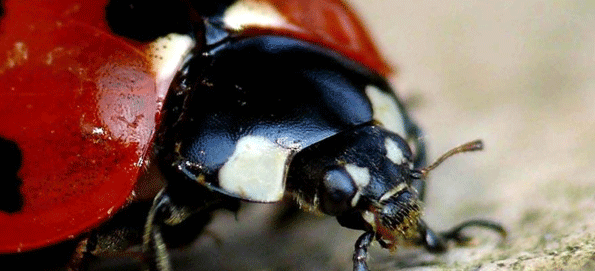
Wildlife in August
The sounds and sights of the meadow insects fill the warm air during August. A perfect time to go walking through the grass searching them out - why not join the Rangers on a minibeasting event to learn more.
Hot days also bring the restful sound of grasshoppers calling (called stridulating) from the long grass, advertising their territories. They are difficult to spot due to their green or brown colour, but soon hop to reveal themselves if disturbed, only to disappear again. At Moors Valley the species most likely to be spotted are the common green grasshopper and the meadow grasshopper.
Crickets are also very noisy at this time of year. Grasshoppers and crickets can be distinguished by the length of their antennae. Crickets have antennae that are very long, often longer than the length of their body, whereas the grasshopper’s antennae are comparatively very short.
A huge variety of butterflies can be seen this month including the meadow brown, gatekeeper, large and small whites, red admiral, peacock, small tortoiseshell, marbled white, brimstone and many more.
The most familiar of our beetles, the brightly coloured ladybirds come in a variety of patterns and colours. The most common are the red and black 7-spot and 2-spot ladybirds. These and many other species of ladybird are carnivorous predators feeding on many garden pests including aphids (greenfly). The yellow and black 22-spot ladybird however feeds on mildews and other microscopic fungi that grow on plants.
The bright colour of ladybirds is used as a warning to birds and other predators that they do not taste very nice.
Other things to look out for:
- In the hedgerows the blackberries have already started to ripen, going from green to red then finally black and delicious.
- Woodpigeons, buck the trend at this time of year and may still be sitting on a repeat brood of eggs and will indeed nest all year round. They call with their five note ‘song’ and swoop down through the air with several wing claps, displaying and defending their territory.
- Starlings, jackdaws and house sparrows may also be spotted tending to their young in the nest. The starlings chatter and whistle at each other from the eves, and other prominent places. They are great mimics and can be mistaken for other birds, and will even emulate man made sounds.
- Young swallow from the nest above the entrance to the Visitor Centre toilets might be seen sitting on the ridge and practising their flying.








